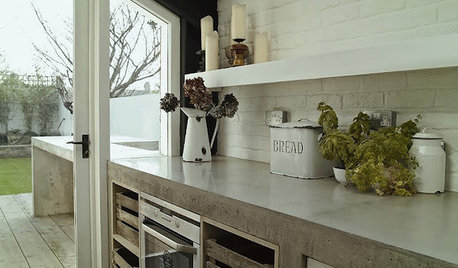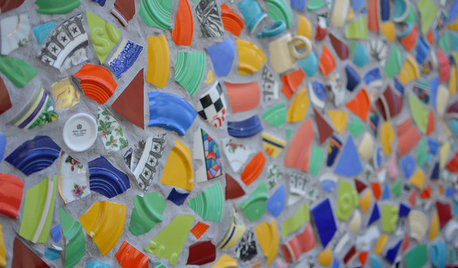New to Hoyas...any input appreciated.
psyc1210
13 years ago
Related Stories

KITCHEN DESIGNCoffee Bars Energize Any Room
Love coffee? Wake up to these great designs for a café-style area in the kitchen, guest room and even bathroom
Full Story
DECORATING GUIDES15 Ways to Make Your Home Speak Spanish
You won't need a translator to appreciate the beauty of Spanish-style ironwork, tile, architecture and more around the home
Full Story
KITCHEN COUNTERTOPSKitchen Counters: Concrete, the Nearly Indestructible Option
Infinitely customizable and with an amazingly long life span, concrete countertops are an excellent option for any kitchen
Full Story
DECORATING GUIDESA Glimmer of Gold Leaf Will Make Your Room Shine
Make a unique, unexpected statement in any space with this precious metallic finish
Full Story
TREES11 Japanese Maples for Breathtaking Color and Form
With such a wide range to choose from, there’s a beautiful Japanese maple to suit almost any setting
Full Story
HOUSEPLANTSPlay Up Some Fiddleleaf Figs for a Lively Indoor Tune
Strike a dramatic chord in a minimalist scene or a country note in a rustic setting — fiddleleaf fig plants harmonize with any style
Full Story
DECORATING GUIDESHow to Get Your Furniture Arrangement Right
Follow these 10 basic layout rules for a polished, pulled-together look in any room
Full Story
REMODELING GUIDESDouble-Hung Windows Offer Singular Traditional Style
They're efficient. They're visually appealing. They come in many materials and finishes. Is it any wonder double-hung windows are classics?
Full Story
ARCHITECTUREHave It Your Way — What Makes Architecture Successful
Universal appeal doesn't exist in design. The real beauty of any home lies in individualization and imagination
Full Story
DECORATING GUIDESMosaic Tile Designs That’ll Thrill You to Bits
Whether you go for simple stones or imaginative expressions, a mosaic can turn any surface into a work of art
Full StorySponsored






mdahms1979
meyermike_1micha
Related Professionals
Windham Landscape Architects & Landscape Designers · Graham Landscape Architects & Landscape Designers · Brooklyn Park Landscape Contractors · Brownsville Landscape Contractors · Emmaus Landscape Contractors · Fishers Landscape Contractors · Gloucester Landscape Contractors · Las Vegas Landscape Contractors · Mission Viejo Landscape Contractors · Olympia Landscape Contractors · Thornton Landscape Contractors · Lauderdale Lakes Landscape Contractors · Aurora Driveway Installation & Maintenance · Quincy Driveway Installation & Maintenance · Royal Oak Driveway Installation & Maintenancemdahms1979
pirate_girl
mitzicos
mitzicos
mdahms1979
psyc1210Original Author